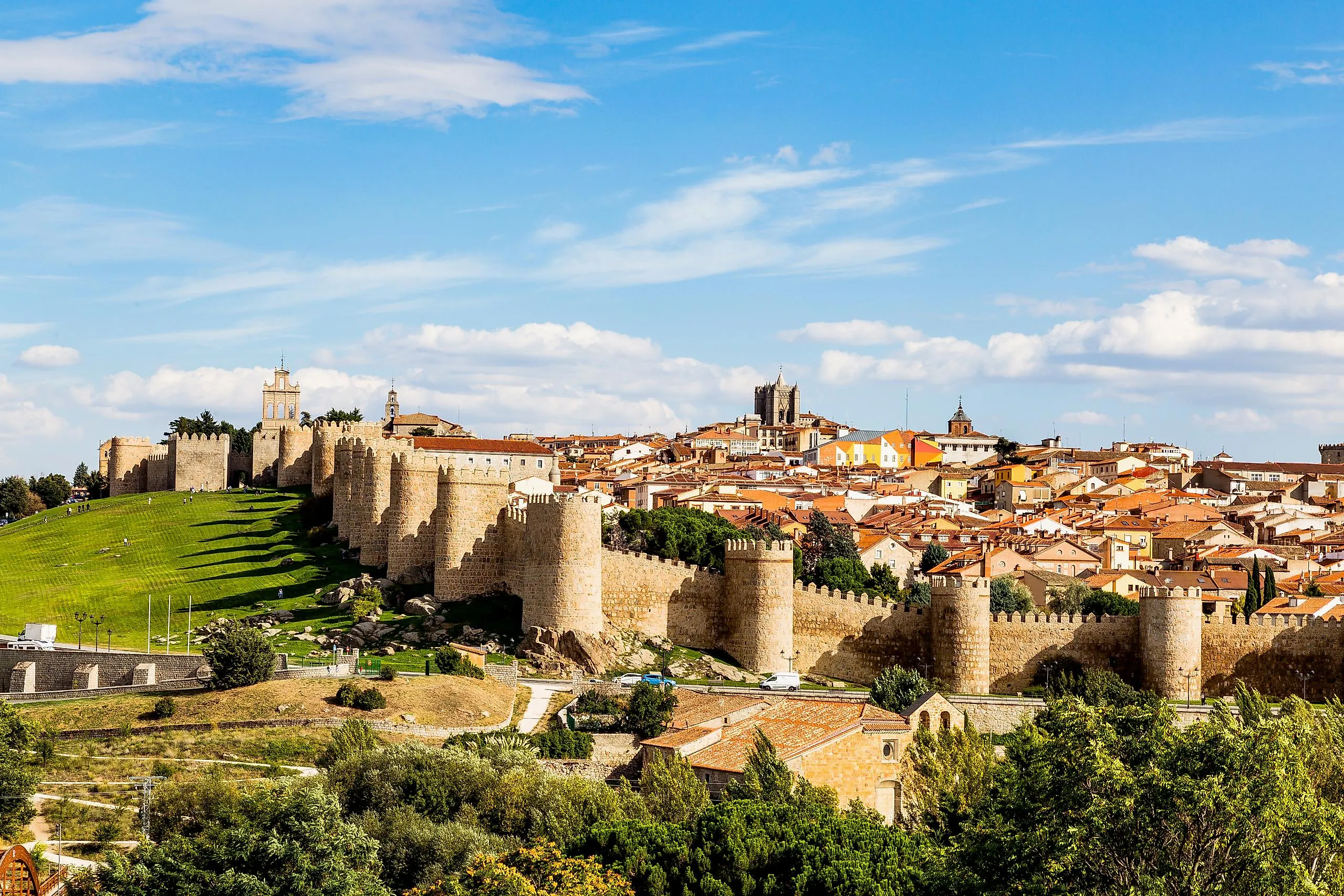
11 European Cities That Still Have Their Historic Walls
European walled cities, spanning centuries of human history, stand as enduring tributes to architectural ingenuity and strategic foresight. These fortified urban centers, encircled by imposing stone barriers, have played pivotal roles in safeguarding their inhabitants, preserving cultural heritage, and shaping the course of civilizations.
Ávila, Spain
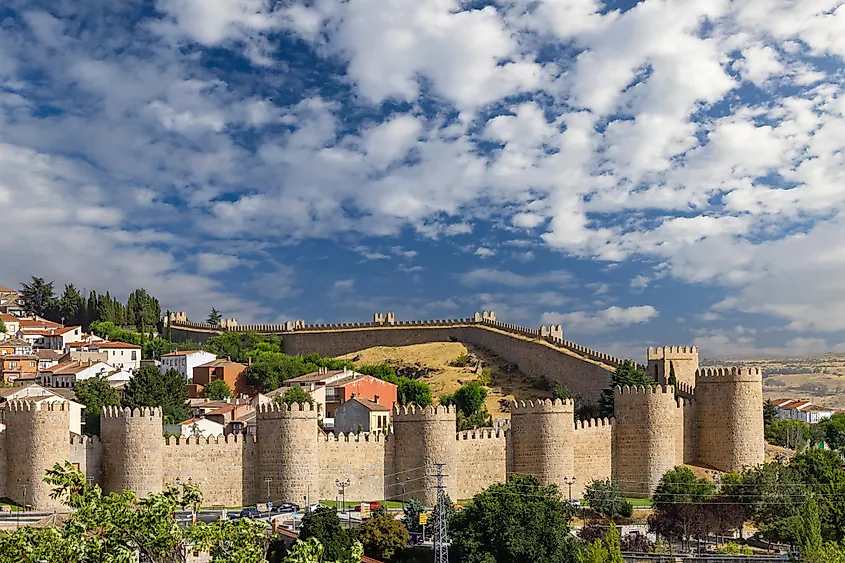
If walking the mile of Ávila's ramparts does not amaze you, the spectacular view of the cathedral should. Dating back to the 11th century, the walls of Ávila enclose an area of 77 acres and rise to an impressive height of 39 feet. With 88 towers and nine majestic gates, the old town is sure to make you feel as though you've stepped through a time portal. Sometimes called the 'Town of Stones and Saints,' Ávila is Spain's highest provincial capital and the origin of Saint Teresa of Ávila, a prominent 16th-century mystic and writer. Her legacy lives on within the city's walls but is also laced through literature, fine art, film, and music around the world. Visit the Convent of Santa Teresa, which was built on the site of her birthplace. After a day of ambling along the fortress walls and cobblestone streets, enjoy the vibrant, local cuisine and warm hospitality of Ávila, a unique contrast to the city's stone-clad exterior.
Beaune, France
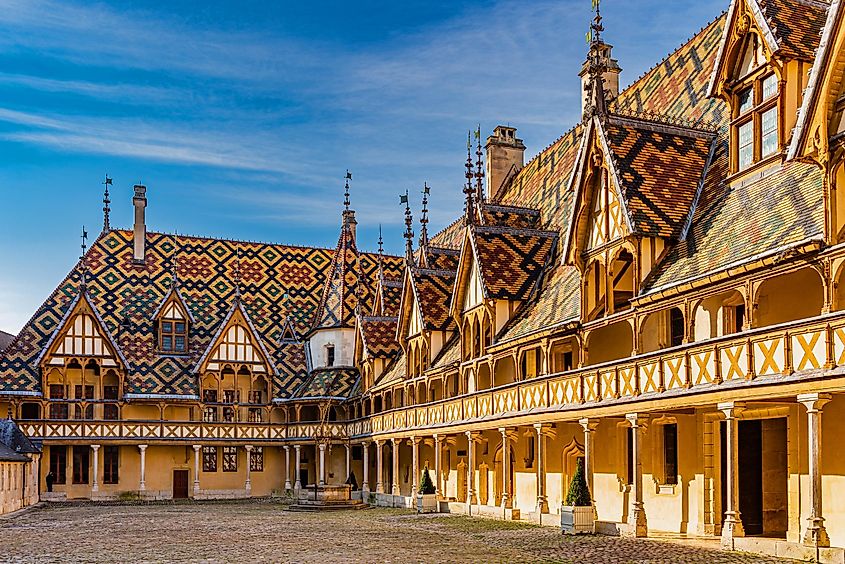
In the Burgundy region of France, the walled city of Beaune showcases centuries of history and architecture along cobblestone streets and amid abundant vineyards. This is wine country. And it has been prospering since the 13th century, which may explain why it is known as the 'Capital of Burgundy wines.' Central to Beaune's appeal is the iconic Hôtel-Dieu - Hospices de Beaune, a 15th-century former charitable hospital or "palace for the poor" that showcases a blend of Gothic and Renaissance architecture. The building's intricate wooden façades, colorful tiled roof, and Flemish artist Rogier van der Weyden's famed "Last Judgment" polyptych within its walls make it a true artistic and historical treasure. The altarpiece consists of 15 paintings on nine panels and was commissioned by the Hôtel-Dieu's builder, Nicolas Rolin. Beaune's circular medieval ramparts surrounding the city, still largely intact, provide panoramic views of the vineyards, highlighting the region's significance and culture.
Carcassonne, France
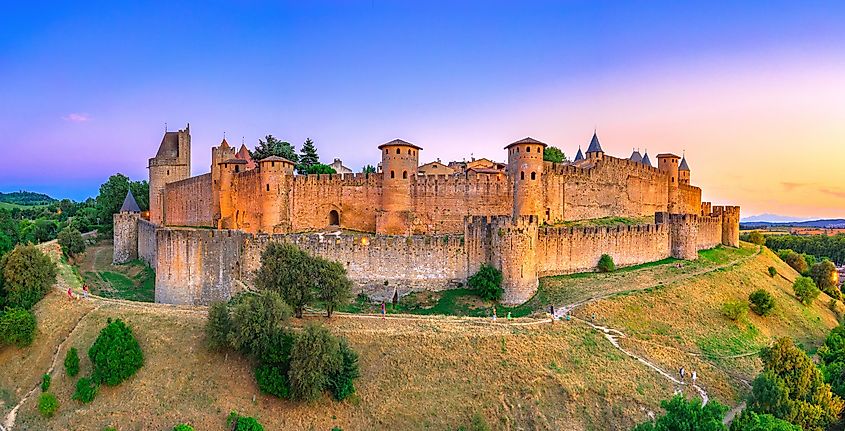
In the south of France, 50 miles from Toulouse, is the fortified city of Carcassonne, an architectural marvel. The medieval fortress of the citadel dates back to Gallo-Roman times and was restored by Eugène Viollet-le-Duc in 1853. According to history, Carcassonne was the first fortress to use hoardings, which were wooden structures built outside the upper stone walls that gave defenders a sight and position advantage over approaching factions. Carcassonne's charm goes far beyond its military significance. The narrow, cobblestone streets wind through historic buildings, inviting squares, and artisan shops. With 52 towers and two concentric walls totaling 1.86 miles of ramparts, the 2,500-year-old fortress is freely open to the public. Take a daytime guided tour or enjoy the ambiance of the lantern-led nighttime one. The Basilique Saint Nazaire and Celsus, known as a minor basilica, is a masterpiece of Gothic-Romanesque architecture within the fortress walls. Roman Catholic mass is held here every Sunday.
Conwy, Wales
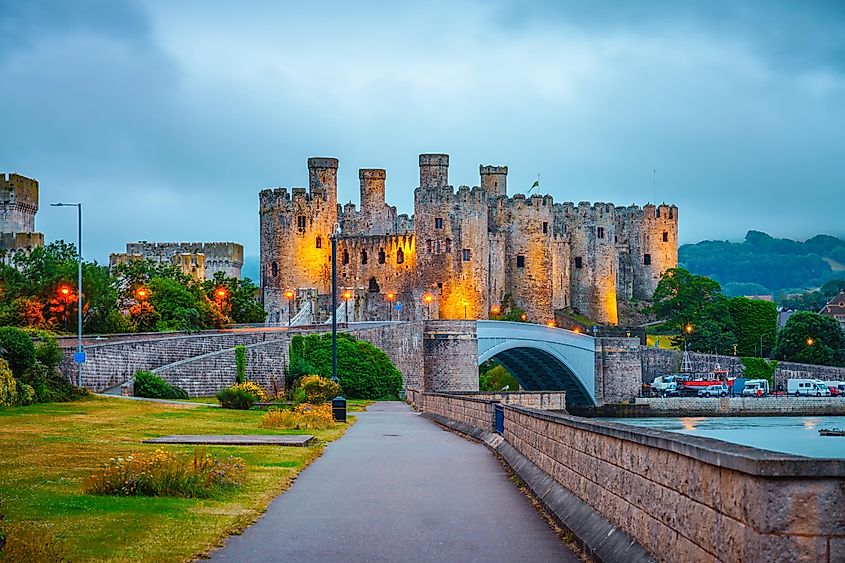
Hugging a rocky coastal ridge in North Wales, Conwy Castle, and its medieval defensive walls were built in the 13th century under the rule of Edward I of England. The original site of Aberconwy Abbey, once the most important abbey in North Wales, Conwy is now a tourist attraction due to its unique charm. Conwy Suspension Bridge, for example, is one of the first road suspension bridges in the world. Three-hundred-and-twenty-six feet long, it spans the River Conwy and once had a wooden deck, which was later replaced by an iron roadway, along with wire cables that replaced iron chains. The fortress walls of Conwy have eight large towers and two barbicans, which are exterior fortified gateways. One of the first buildings constructed inside the town walls was Aberconwy House, a medieval merchant house now governed by the National Trust for its historical and architectural importance. Quay House is another draw for tourists as it is named the "Smallest House in Great Britain." Measuring 10 feet wide by 5 feet 9 inches tall, the home's 6-foot occupant was forced to move out in 1900 for hygienic reasons. The man was too tall to fully stand inside the home. His descendants still own it today, and visitors can pay to peek inside for a small fee.
Dubrovnik, Croatia
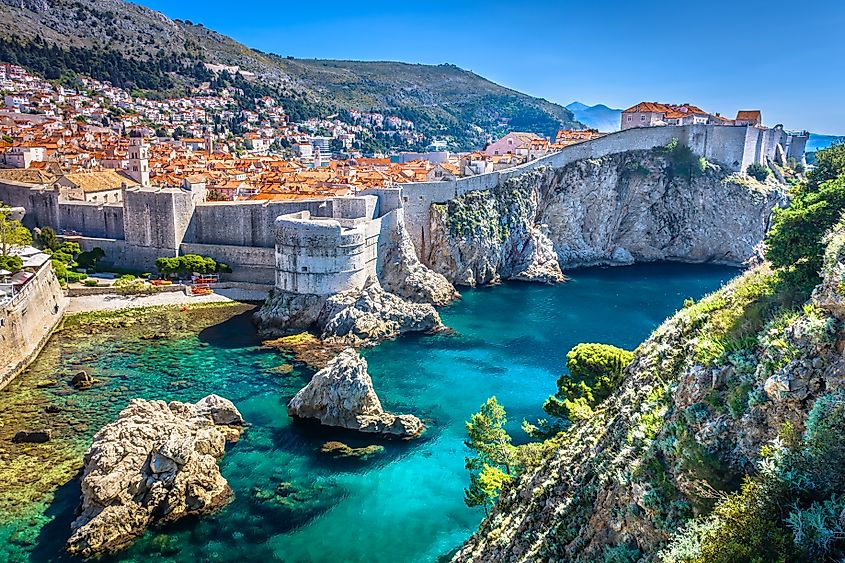
On the coast of the azure Adriatic Sea, the walled city of Dubrovnik is a testament to centuries of history, resilience, and architectural brilliance. Called the 'Pearl of the Adriatic,' this Croatian gem enchants visitors with its stunning beauty and rich cultural heritage. A key player in the medieval salt and spice trade, the city amassed immense wealth, allowing it to flourish. But it has also endured hardships. In 1667, an earthquake leveled many of the city's prominent structures, including the cathedral, monasteries, and palaces, killing as many as 5,000 residents. Encircling the old town, the limestone walls of Dubrovnik, completed in the 16th century, are an impressive feat of engineering, spanning approximately 1.2 miles and standing up to 82 feet high in places. Named a UNESCO World Heritage site in 1979, Dubrovnik is popular with both tourists and filmmakers. Dubrovnik faced adversity again during the Yugoslav Wars when Croatia was fighting for its independence in the 1990s. The city suffered significant damage. However, extensive restoration efforts breathed life back into this culturally vibrant city.
Lucca, Italy
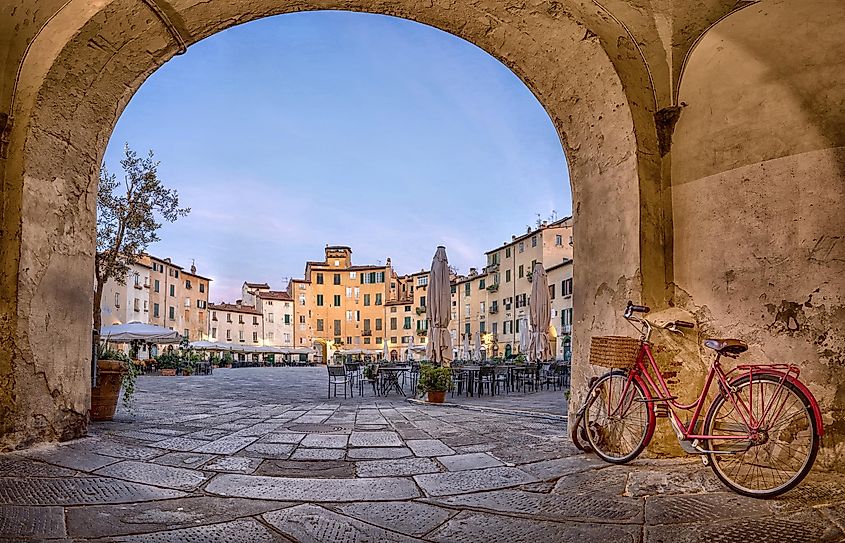
A 25-minute train ride from Pisa and its famous leaning tower will take you to the walled city of Lucca in the region of Tuscany in central Italy. An aerial view of Lucca's city center highlights the Piazza dell'Anfiteatro, an enclosed public square that is more oval than square, as it was once a Roman amphitheater. Visitors can hike or bike along the 2.5 miles of stone, brick, and earthwork medieval fortifications, which were built as a deterrent and never saw battle. When the Serchio River breached its banks in November 1812, the fortified walls kept the city center relatively safe. Lucca's grand cathedral, the Duomo di San Martino, with its intricate façade, houses the awe-inspiring Volto Santo, a wooden crucifix dating back to the 8th century. Italian composer Giacomo Puccini, famous for La Bohème and Madame Butterfly, was born in Lucca in 1858. Second only to Verdi, Puccini's operas are among the most frequently performed and recorded in the world. Lucca hosts a Puccini festival every summer to honor him. At the end of October, the walled city hosts the largest annual cosplay festival in Europe, Lucca Comics and Games, and the second largest in the world after Comiket of Tokyo.
Mdina, Malta
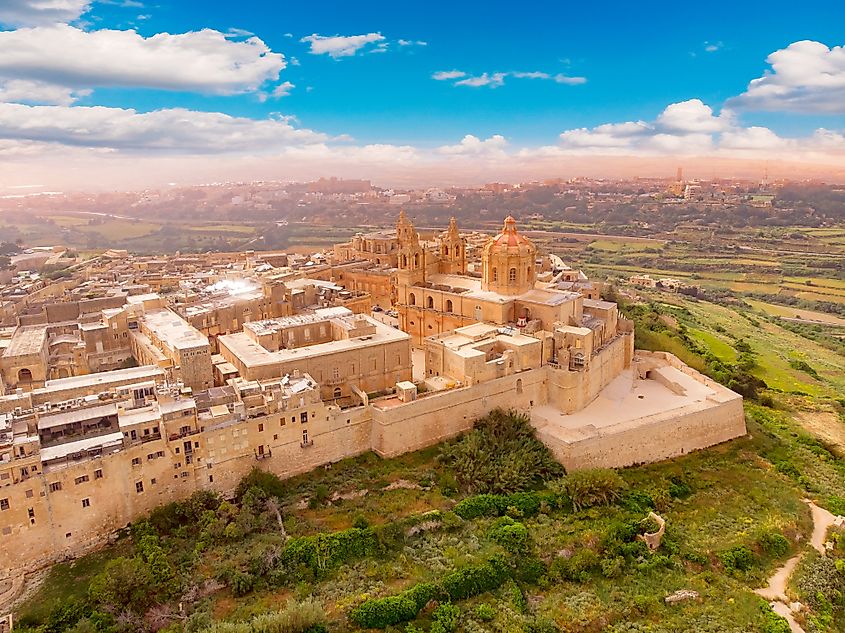
The walled city of Mdina is on the island of Malta in the Mediterranean Sea. Its origins can be traced to the Phoenicians, who settled here around 700 BCE. Over the centuries, it has been shaped by the Romans, Arabs, Normans, and Knights of St. John. Today, its well-preserved walls and historic buildings provide a captivating—and quiet—journey through time. Mdina is nicknamed "The Silent City" because very few vehicles are allowed within the city walls. Walking through the ancient streets of Mdina, you'll be greeted by jaw-dropping Norman and Baroque architecture, from the grand St. Paul's Cathedral to the stunning Palazzo Falson Historic House Museum. Many of the old palaces are now owned by residents of Mdina. The labyrinth of alleys and quaint squares evoke a sense of mystery and wonder, making it easy to lose track of time. A richly popular tourist destination, Mdina draws more than 750,000 visitors each year thanks to her unique beauty and character.
Rhodes, Greece
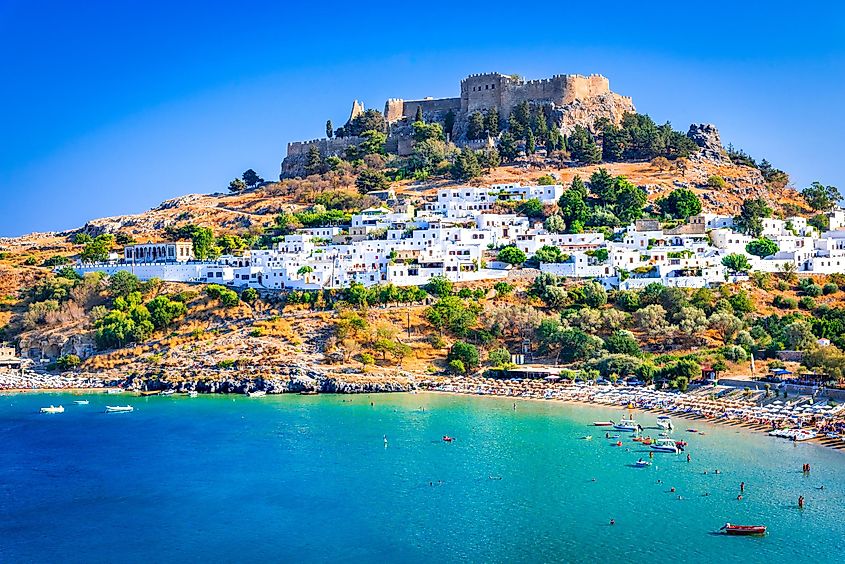
The city of Rhodes on the island of Rhodes in the Aegean Sea is the oldest inhabited medieval town in Europe, with over 6,000 residents. Its imposing stone walls, fortified gates, and cobbled streets make the city feel like a living time capsule. The Palace of the Grand Master, a masterpiece of Gothic architecture built as a Byzantine citadel in the 7th century, looms majestically at the heart of the city, housing a treasure trove of artifacts from various periods. A UNESCO World Heritage site since 1988, it showcases the remarkable craftsmanship and strategic prowess of the Knights Hospitaller, who rebuilt it and made major alterations in the 14th century. The Old Town is abuzz with activity, but it's easy to get lost among its 200 streets and alleys. Street of the Knights is a 1,968-foot-long historical landmark. Home to the Knights of the Order of St. John, seven inns along the cobbled route represent the seven country origins of the Knights. The island of Rhodes is the second most visited destination in Greece.
Rothenburg ob der Tauber, Germany
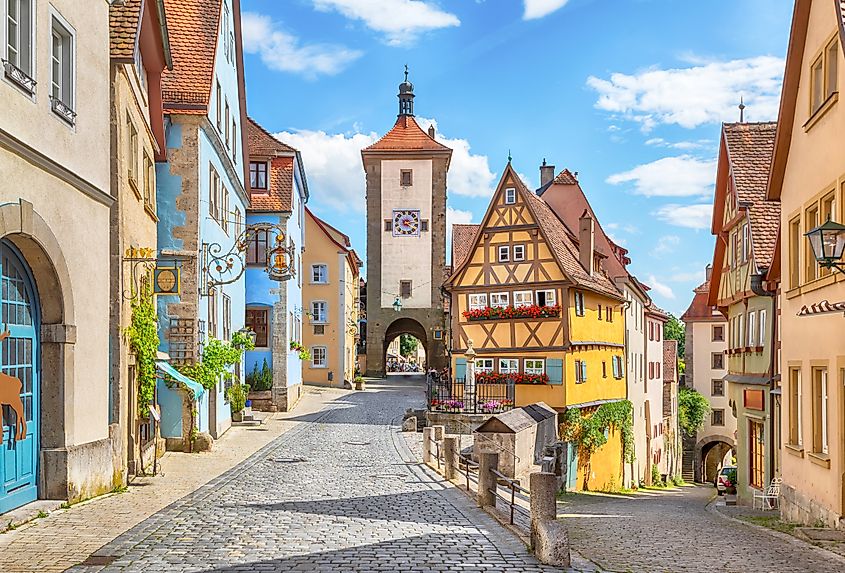
The charming town of Rothenburg ob der Tauber, in the heart of Bavaria, Germany, beckons visitors to step back in time and explore its well-preserved architecture and remarkable history. Rothenburg's iconic city walls date back to the 13th century and are a defining feature of the town's landscape. These imposing fortifications once shielded Rothenburg from invaders, and today, a leisurely walk along the ramparts offers breathtaking views of the town's red-tiled roofs and the lush Tauber Valley. St. James's Church, built from 1311 to 1484, is the town's most notable landmark. An architectural masterpiece, it is adorned with intricate stonework, the Riemenschneider altar, the Herlin altar, and incredible stained-glass windows. The town's Market Square, Marktplatz, is another highlight. Like thousands of other German towns, Rothenburg hosts an annual Christmas market drawing locals and visitors alike. Walt Disney used this enchanting town as the inspiration for the village in the 1940 film Pinocchio.
Tallinn, Estonia
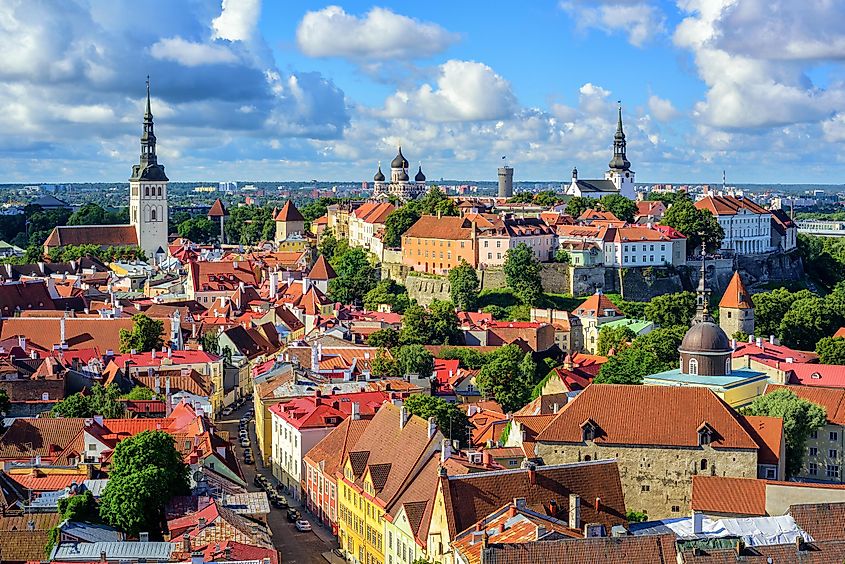
Estonia's capital city, Tallinn, is a blend of history and modernity all rolled into one fascinating destination. The walled medieval enclave offers a glimpse into a bygone era while still being a vibrant, living part of the city today. Founded in the early 13th century, the city's strategic location along the trade routes of the Baltic Sea led to its flourishing as a major Hanseatic trading hub. The iconic Viru Gate, with its two towers, stands as a welcoming entrance to the Old Town, while the Kiek in de Kök tower offers panoramic views of the city and a fascinating look into its history. The fortification has a total of 26 defensive towers. Amidst the medieval façades, you'll find innovative startups, a thriving tech scene, and a commitment to digitalization that has earned Tallinn the nickname "e-Estonia." It is the birthplace of Skype, Wise, and Bolt. In 2022, m-Parking was introduced, which allows drivers to pay for city parking using their mobile phones, and e-Cabinet meetings reduce government bureaucracy.
York, United Kingdom
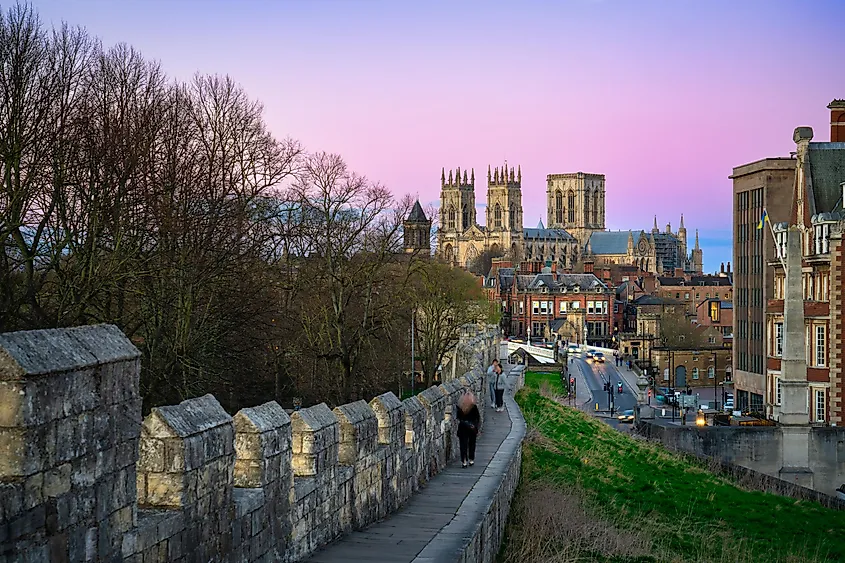
In the walled city of York in Northern Yorkshire, history intertwines with modern life, offering visitors a unique opportunity to step into the past while enjoying the comforts of the present. Whether you're a history enthusiast, a culture seeker, or in search of an unforgettable adventure, York is a destination that promises to captivate your imagination. Once a Roman city, York was founded under the name of Eboracum in 71 CE, and it was then that her fortress walls were built. The city is also known for its architectural marvels. The center of Christianity in the north of England since the 7th century, York is home to the York Minster, a gothic-style medieval cathedral that dominates the cityscape and was constructed with handcrafted stone and intricate stained glass. The city's most distinctive feature is its 2.5-mile-long medieval walls that encircle the historic center. Take a walk along the fortress walls to enjoy panoramic views of the city's timeless architecture and lush landscapes.
From the medieval charm of Carcassonne in France to Rhodes, the oldest inhabited medieval town in Europe, walled cities offer a captivating glimpse into the past. Their fortifications, once tough defenses, now beckon curious travelers to explore narrow alleyways, picturesque battlements, and intriguing stories that resonate with the spirit of resilience. Let them take you on a journey into history.











